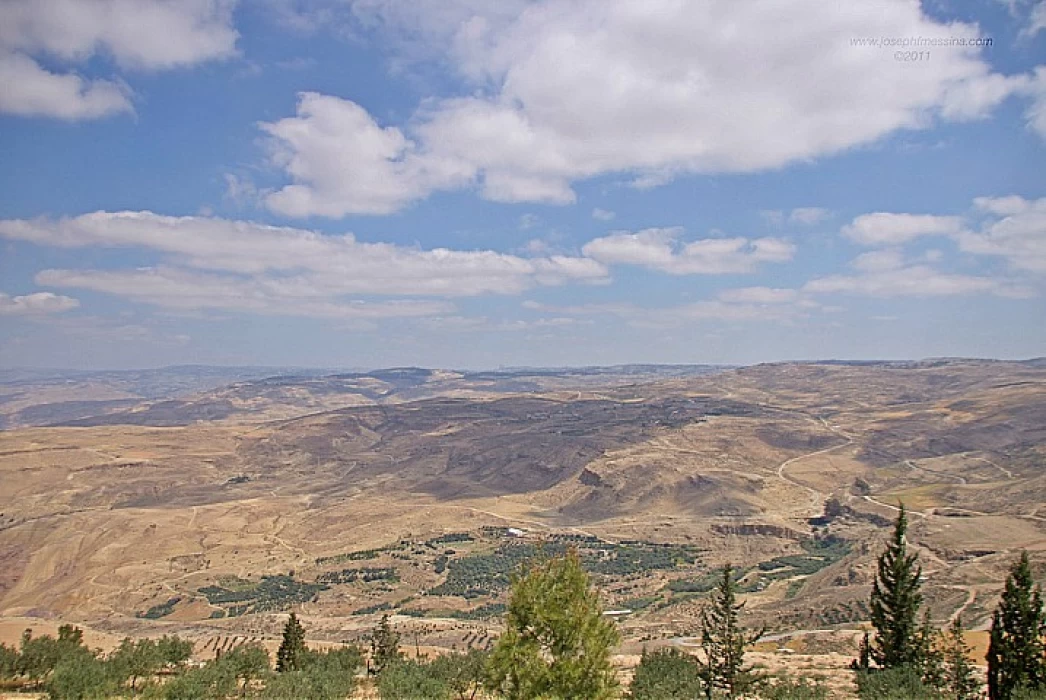
Top attractions on Mount Nebo
Facts About Mount Nebo
Mount Nebo, also known as Mount Moses, is a religious and historical peak for followers of the three heavenly books. It is located 9 km from the Jordanian city of Madaba and offers breathtaking views of the West Bank, the Jordan River, the Dead Sea, and the Jerusalem and Bethlehem area. The monastery on Mount Nebo is its crown jewel and a popular tourist destination because it is home to incredible mosaics, one of which measures 9 meters by 3 meters and depicts various facets of monastic life.
The ancient Church of Moses was built on the ruins of the former Byzantine church and is the most famous landmark of Mount Nebo: a modern building which hosts a collection of magnificent mosaics dating from the 6th century AD. The site also houses a bronze monument beside the ancient church of Moses, representing Jesus and the serpent of Moses, peace be upon him. The importance of the mountain to Muslims: Muslims believe that Mount Nippo was mentioned in the Holy Koran and the Holy Prophetic Sunna, in the story of our Master Moses Ali Al-Salam; They think it's what the red bulb means.
The significance of the mountain to Christians: All believers in Christianity hold that the Prophet Moses, peace be upon him, died and was buried in the mountain, and that just before he passed away, he and his people stood atop the mountain and saw the promised land that he did not reach. Mount Nebo is significant because a Franciscan monastery known as the Ionic Church was constructed on its summit between the fourth and sixth centuries after Christmas. It should be noted, however, that while it is thought that the Prophet Moses's grave is located there, scientists have not discovered any clues or signs that support this theory.
Khirbet Al Mukhait: This unique and interesting village is full of mosaic sites and historical churches, including St. George's Church, which was built in 536 AD, and is surrounded by many Byzantine houses scattered on the slopes. Oyoun Moussa area: This area is characterized by the beauty and splendor of nature, as it contains fresh water springs that irrigate the surrounding areas, in addition to the areas of Madaba Governorate.














